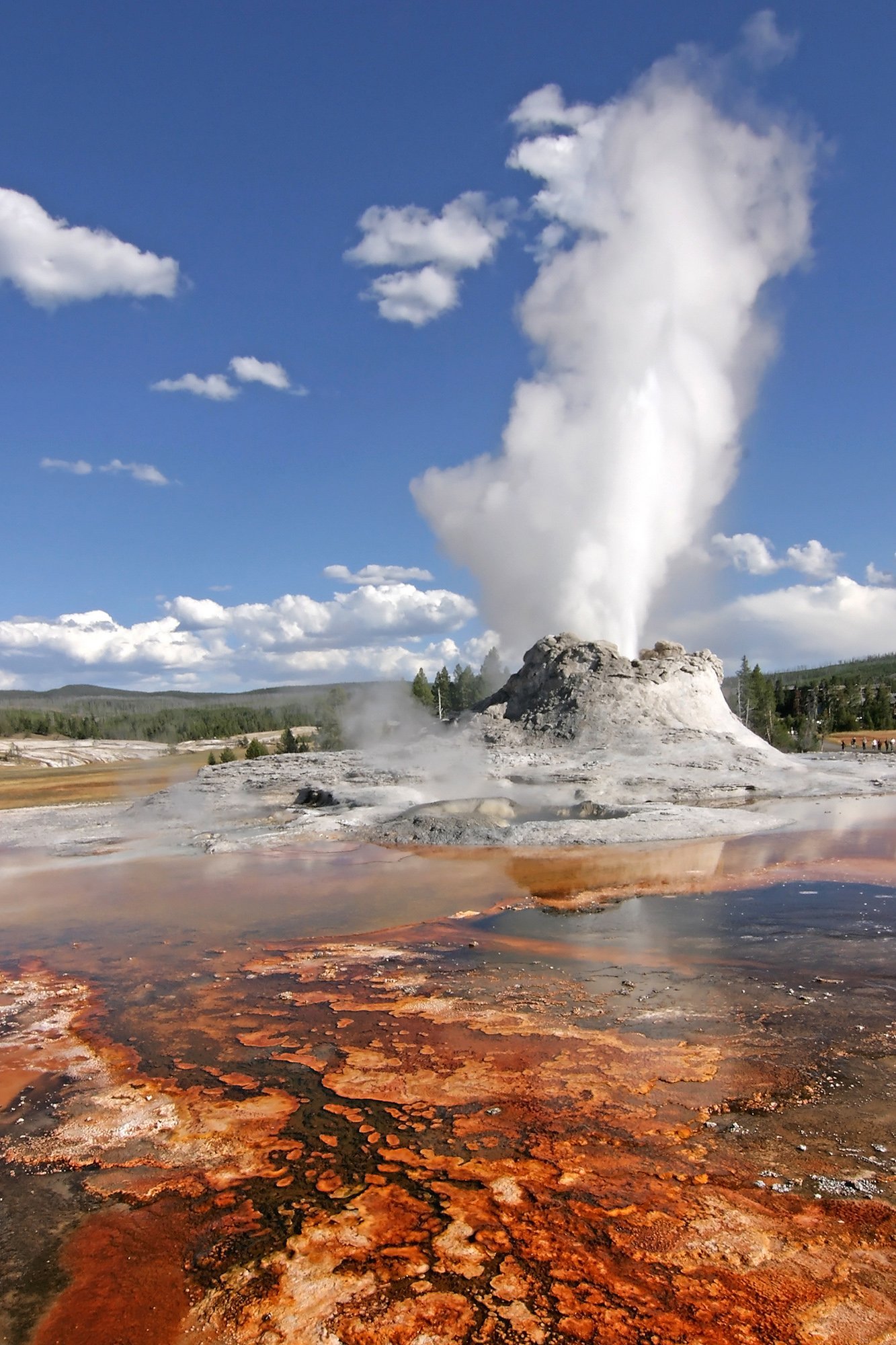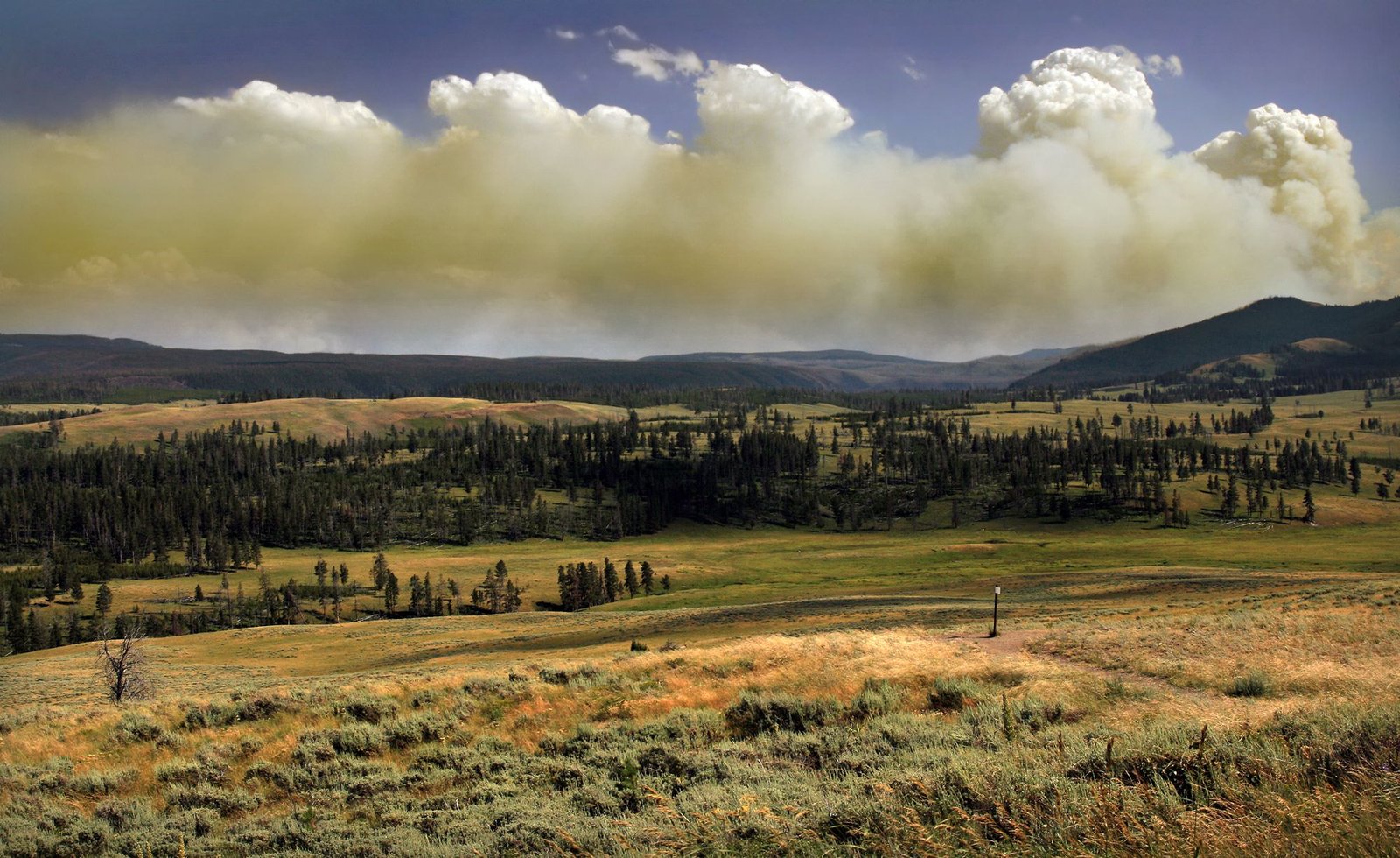The reintroduction of wolves to Yellowstone National Park in 1995 has had far-reaching impacts on the ecosystem. This controversial decision has led to both positive and negative consequences, affecting wildlife populations, vegetation, and visitor experiences. The wolf population has grown from 41 reintroduced wolves to over 270 in the Greater Yellowstone Ecosystem, influencing elk populations, vegetation recovery, and overall biodiversity. This article explores the pros and cons of the Yellowstone National Park wolf population, examining its effects on ecological balance, wildlife behavior, and tourism.
What are the Key Pros of the Yellowstone Wolf Population?

1. Ecological Balance Restoration
The reintroduction of wolves has helped restore ecological balance in Yellowstone National Park. Here are some key benefits:
- Trophic Cascade: Wolves have initiated a trophic cascade, affecting multiple levels of the ecosystem.
- Vegetation Recovery: Reduced elk browsing has allowed for the regrowth of trees and shrubs, particularly willows and aspens.
- Biodiversity Increase: The presence of wolves has benefited various species, including beavers, songbirds, and small mammals.
2. Genetic Diversity Maintenance
The wolf population in Yellowstone has maintained high genetic diversity:
- Heterozygosity: Genetic analysis showed heterozygosity (H(0)) increased from 0.69 in 1995 to 0.73 in 2004.
- Inbreeding Avoidance: Wolves have demonstrated behavioral mechanisms to avoid inbreeding, such as not breeding with related pack members.
- Population Resilience: High genetic diversity contributes to the population’s overall health and adaptability.
3. Tourism and Education Opportunities
The presence of wolves has created new opportunities for tourism and education:
- Wolf Watching Tours: Visitors can participate in wolf watching tours, particularly in the Northern Range and Lamar Valley.
- Economic Benefits: Increased tourism has brought economic benefits to the surrounding communities.
- Public Awareness: The wolf reintroduction program has raised awareness about conservation and ecosystem management.
What are the Main Cons of the Yellowstone Wolf Population?

1. Elk Population Decline
The reintroduction of wolves has led to a significant decrease in elk numbers:
- Population Reduction: The Northern Range elk herd has seen a substantial decline due to wolf predation.
- Behavioral Changes: Elk have altered their migration patterns and feeding habits to avoid wolf predation.
- Hunting Impact: Reduced elk populations have affected hunting opportunities outside the park.
2. Livestock Predation
Wolves venturing outside the park boundaries have caused conflicts with local ranchers:
- Economic Losses: Livestock predation has resulted in financial losses for ranchers.
- Management Challenges: Balancing wolf conservation with livestock protection has created ongoing management challenges.
- Public Controversy: The issue of wolf-livestock conflicts has sparked heated debates among various stakeholders.
3. Disease Transmission
The wolf population faces risks from various diseases:
- Canine Distemper: Outbreaks of canine distemper have caused population declines in some years.
- Mange: Sarcoptic mange has affected wolf health and survival rates.
- Potential for New Diseases: The concentration of wolves could facilitate the spread of new or emerging diseases.
How Has the Wolf Population Changed Over Time?
The Yellowstone wolf population has undergone significant changes since reintroduction:
| Year | Wolf Population |
|---|---|
| 1995 | 21 |
| 1996 | 51 |
| 1997 | 86 |
| 2004 | 171 |
| 2002 | 272 (Greater Yellowstone Ecosystem) |
Key points about population dynamics:
- Rapid initial growth from 1995 to 2004
- Stabilization after 2009 with fluctuations due to various factors
- Continued monitoring to ensure long-term viability
What are the Long-term Implications for Yellowstone’s Ecosystem?
The presence of wolves in Yellowstone has long-term implications for the park’s ecosystem:
- Continued Vegetation Changes: Ongoing shifts in plant communities due to altered herbivore behavior
- Predator-Prey Dynamics: Evolving relationships between wolves, elk, and other species
- Adaptive Management: Need for ongoing research and adaptive management strategies
How Can Visitors Experience Wolf Watching in Yellowstone?
Visitors interested in wolf watching can follow these tips:
- Best Locations:
- Lamar Valley
- Northern Range
-
Tower-Roosevelt area
-
Optimal Times:
- Dawn and dusk offer the best viewing opportunities
-
Winter months provide better visibility due to snow cover
-
Equipment:
- Bring binoculars or spotting scopes for distant viewing
-
Use telephoto lenses for photography
-
Guided Tours: Consider joining a guided wolf watching tour for expert insights and increased chances of sightings
Remember to maintain a safe distance and follow park regulations when observing wildlife.
Conclusion
The reintroduction of wolves to Yellowstone National Park has brought both benefits and challenges. While it has helped restore ecological balance and created new opportunities for tourism and education, it has also led to declines in elk populations and conflicts with livestock. Ongoing research and adaptive management will be crucial in balancing the needs of wildlife, ecosystems, and human stakeholders in and around Yellowstone National Park.
